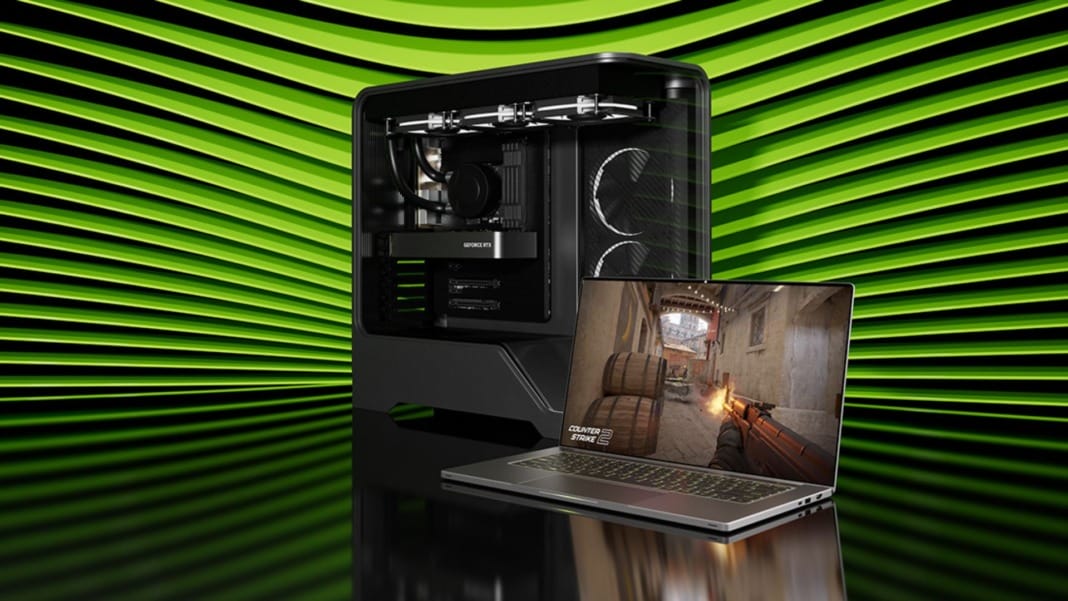NVIDIA has officially introduced the GeForce RTX 5050, giving you a new budget option for PC gaming. Priced at US$249 and launching in the second half of July, this graphics card fills a long-standing gap in NVIDIA’s desktop GPU lineup. If you’ve been holding out for an affordable upgrade, this might look tempting at first glance — but you’ll want to take a closer look before making your decision.
Key specs aim to balance price and performance
The RTX 5050 finally brings a desktop-class option to the RTX 50 lineup, which had been missing an actual x50 card since the RTX 3050. It has 2,560 CUDA cores, 8GB of GDDR6 memory, and a 128-bit interface. The GPU also boasts boost clock speeds of up to 2,570MHz and requires an 8-pin power connector, which is standard for cards at this level.
The standout feature here is support for DLSS 3’s Multi-Frame Generation, powered by NVIDIA’s new Blackwell architecture. This is the first time you see DLSS tech trickle down to this price range, which could help boost frame rates in supported games. However, apart from the jump in clock speeds and improved architecture, the RTX 5050 doesn’t dramatically outperform the previous generation’s RTX 3050.
Choosing GDDR6 instead of the faster GDDR7 (used in the laptop version of the RTX 5050) was a cost-saving decision, but it means you’re not getting the most advanced memory technology on this desktop model.
Value is questionable, with better options just above
The biggest challenge the RTX 5050 faces is its value for money. For just US$50 more, you can get the RTX 5060, which offers around 50% more cores and a significant improvement in memory bandwidth. That extra performance could go a long way, especially if you plan to play modern games at higher settings or want a more future-proof build.
On the AMD side, the Radeon RX 9060, priced at US$299, also offers strong competition with better specs and likely similar or better performance in many gaming titles. Both of these options push the RTX 5050 into a difficult position—it is not cheap enough to justify its compromises and not powerful enough to stand out in its category.
Who is the RTX 5050 really for?
Ultimately, it depends on your needs. If you want to upgrade an older system or build a PC focused on 1080p gaming without spending too much, the RTX 5050 could be a decent option. Its low power requirements and DLSS support make it a relatively efficient and capable card for casual gamers or budget builders.
But if you can stretch your budget a bit more, the RTX 5060 or AMD RX 9060 offer significantly better value for not much more money. Therefore, the RTX 5050 might struggle to find a wide audience, especially those who want the most performance per dollar.





